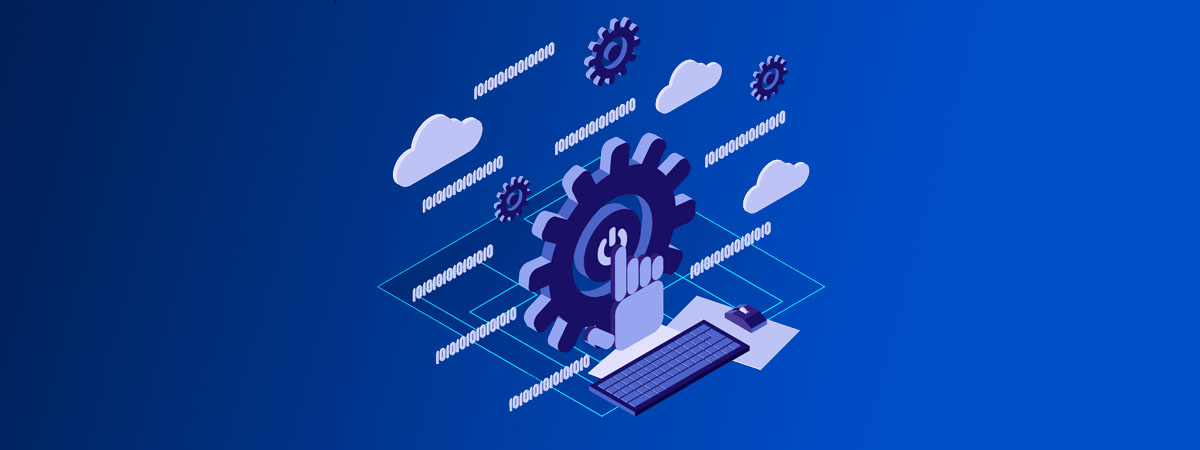ServaaS Advantages and Disadvantages
Service as Software (ServaaS) has emerged as a transformative approach to software delivery and deployment. We explore the advantages and disadvantages of implementing ServaaS solutions in enterprise environments, providing decision-makers with critical insights for strategic planning.
Understanding Service as Software
As we’ve explained before, Service as Software represents a paradigm shift in software architecture where applications are designed and delivered as continuous services rather than traditional packaged products. The ServaaS model emphasizes service-oriented delivery, continuous deployment, and subscription-based access to software capabilities.
Advantages of ServaaS
Operational Excellence and Accessibility
ServaaS platforms offer unprecedented accessibility, enabling users to access services through standard web browsers without local installation requirements. This architecture facilitates seamless updates and maintenance procedures while ensuring consistent service delivery across all user endpoints.
Financial Benefits
The ServaaS model presents compelling financial advantages:
- Reduced initial capital expenditure
- Predictable operational costs through subscription-based pricing
- Optimized resource allocation
- Scalable cost structures aligned with organizational growth
Strategic Business Advantages
Organizations implementing ServaaS benefit from:
- Continuous revenue streams through subscription models
- Enhanced ability to implement rapid iterations and improvements
- Comprehensive usage analytics and customer insight generation
- Streamlined deployment processes
- Accelerated time-to-market for new features
Critical Challenges of ServaaS
Technical Implementation Challenges
Organizations must address several technical considerations:
- Implementation of robust security frameworks
- Management of complex infrastructure requirements
- Effective handling of multi-tenant architectures
- Network performance optimization
- Scalable database architecture design
Business Risk Factors
The ServaaS model introduces specific business challenges:
- Substantial initial development investment
- Ongoing operational expenditure requirements
- Customer retention considerations
- Competitive market pressures
- Continuous innovation demands
User-Centric Concerns
Organizations must address various user considerations:
- Data security and privacy assurance
- Internet dependency management
- Service control and customization limitations
- Vendor relationship management
- Service continuity guarantees
Strategic Implementation Recommendations
Success in ServaaS implementation requires:
- Comprehensive security framework development
- Robust infrastructure planning
- Scalable architecture design
- Proactive customer success management
- Continuous service improvement processes
Organizations considering ServaaS implementation should conduct thorough assessments of their technical capabilities, business requirements, and market positioning. The transition to ServaaS represents a significant strategic decision that impacts operational procedures, financial models, and customer relationships.
Advantages and Disadvantages of ServaaS
While ServaaS presents challenges, its advantages often outweigh the disadvantages for organizations prepared to address implementation requirements effectively. Success in ServaaS deployment depends on careful planning, robust infrastructure development, and ongoing commitment to service excellence. For organizations evaluating ServaaS adoption, careful consideration of both advantages and disadvantages ensures informed decision-making aligned with strategic objectives. As technology continues to evolve, ServaaS represents an increasingly important model for delivering software solutions in the modern enterprise environment.


Leave A Comment